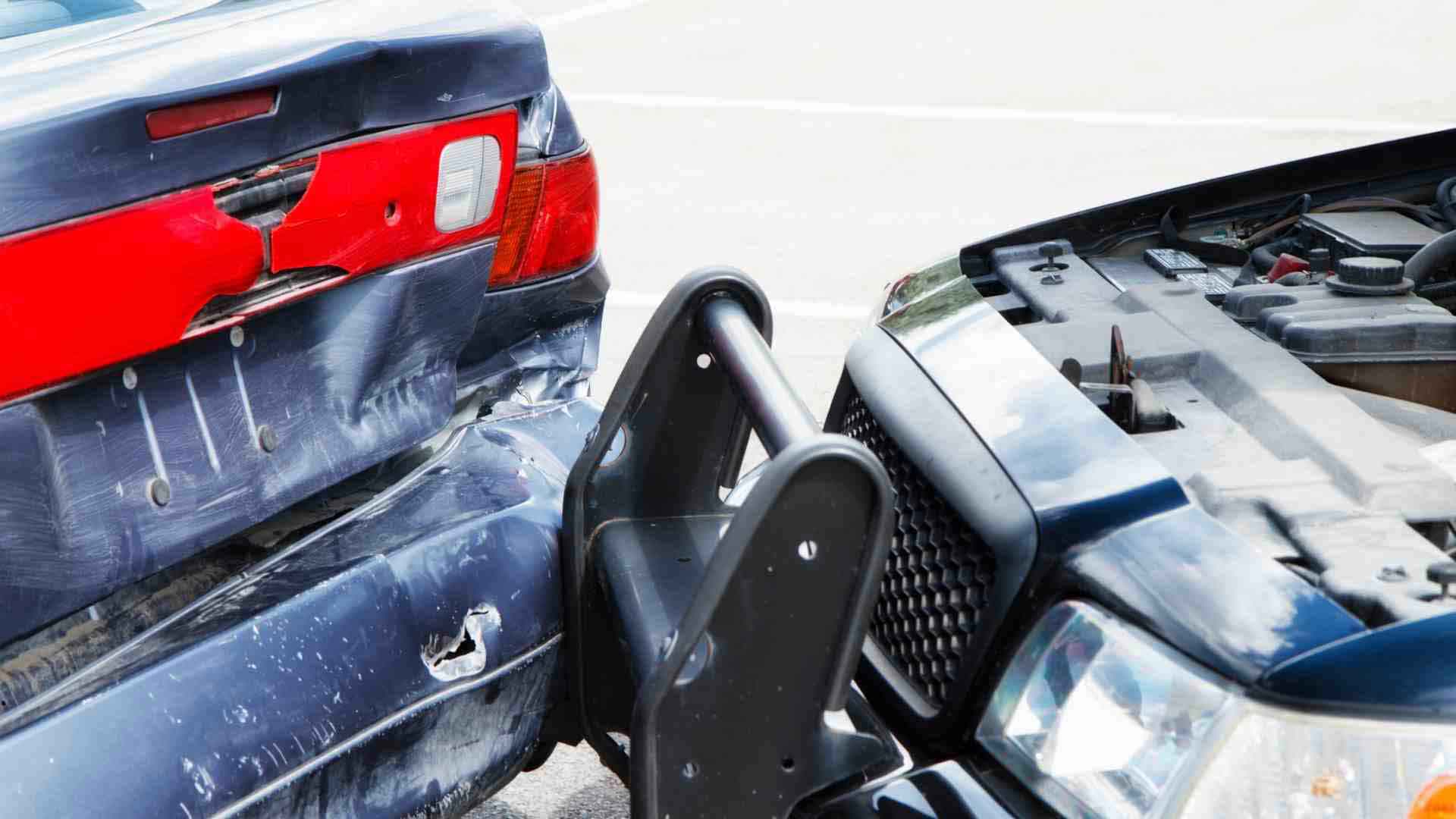There are several different sections of any New York motor vehicle insurance policy. It is under the No-Fault section of the policy that medical bills are paid on behalf of an individual that has been injured in a motor vehicle accident and lost wages reimbursed. The property damage section of the policy provides coverage for repairs to your motor vehicle. Finally, the liability portion of the policy, which is the coverage that most people preoccupy themselves with, provides coverage to others who have been injured as a result of an accident that was your fault or the fault of someone operating your vehicle. Unfortunately, none of these coverages protect you and your family should you be injured as a result of the negligence of another.
Uninsured/Underinsured Motorist Coverage is a section of the policy that brokers and insurance companies don’t often discuss with insureds and it’s coverage that most consumers don’t even know about. It could, however, be the most important coverage in your policy and it is certainly worth the slightly higher premiums to ensure that this coverage is adequate. Uninsured Motorist coverage steps in to protect you, family members in your household, and occupants of your motor vehicle who have been injured due to an accident with a vehicle that has been stolen, is uninsured or leaves the scene of the accident (a “hit and run”). Underinsured Motorist coverage steps in to protect you, family members in your household and occupants of your vehicle in situations where there are serious injuries but the offending vehicle does not have adequate insurance coverage.
Lets run through some examples:
Example #1: While operating your vehicle, you and one of your family members are involved in an accident. The offending vehicle, who went through a red traffic signal and caused the accident, leaves the scene and the license plate is not identified. Both you and your family members are seriously injured. The insurance policy for the vehicle that you were operating has liability coverage of $250,000 per person and $500,000 per accident and also uninsured motorist coverage of $250,000 per person and $500,000 per accident. Under this scenario, with the offending vehicle being unknown, your uninsured motorist coverage steps in and provides up to a limit of $250,000 to you and up to another $250,000 in coverage to your family member for your injuries.
Example #2: Take the same facts as the prior example. However, in this instance, while your insurance policy has liability coverage of $250,000 per person and $500,000 per accident, your uninsured motorist coverage limits are only $25,000 per person and $50,000 per accident. In this scenario, while your policy is providing up to $500,000 to others that may be injured due to your negligence, it is providing limited coverage to you and your family should you be injured. Here, regardless of the severity of your injuries, you and your family member would each be limited to $25,000 in uninsured motorist coverage as compensation.
Example #3: You are driving your vehicle and are rear-ended by another vehicle. Your car is totaled and you have been seriously injured. The offending vehicle carries liability insurance coverage of $25,000 per person/$50,000 per accident. You carry liability coverage of $250,000 per person/$500,000 per accident AND uninsured/underinsured limits of $250,000 per person/$500,000 per accident. Under this scenario, the most that you will be able to recover from the offending vehicle’s insurer for your injuries, even if they are catastrophic, is $25,000. However, in this instance, once that $25,000 limit is offered (and your insurer gives their consent to the settlement), you can proceed with an underinsured motorist claim against your own carrier for up to an additional $225,000 (the difference between your $250,000 limit and the offending vehicle’s $25,000 limit).
The above examples underscore the importance of uninsured/underinsured motorist coverage. While some of the “basics” are discussed above, there are procedures and time limitations in making these claims that require an experienced attorney’s assistance. As such, anyone seeking to file an auto accident claim is well served to consult with a personal injury attorney soon after their accident in order to ensure that you are protected. However, don’t wait for an accident to occur to check your coverage. Call up your broker and make sure that you have adequate uninsured/underinsured motorist coverage in place.
For further information familiarize yourself with common Questions About Car Accidents.

